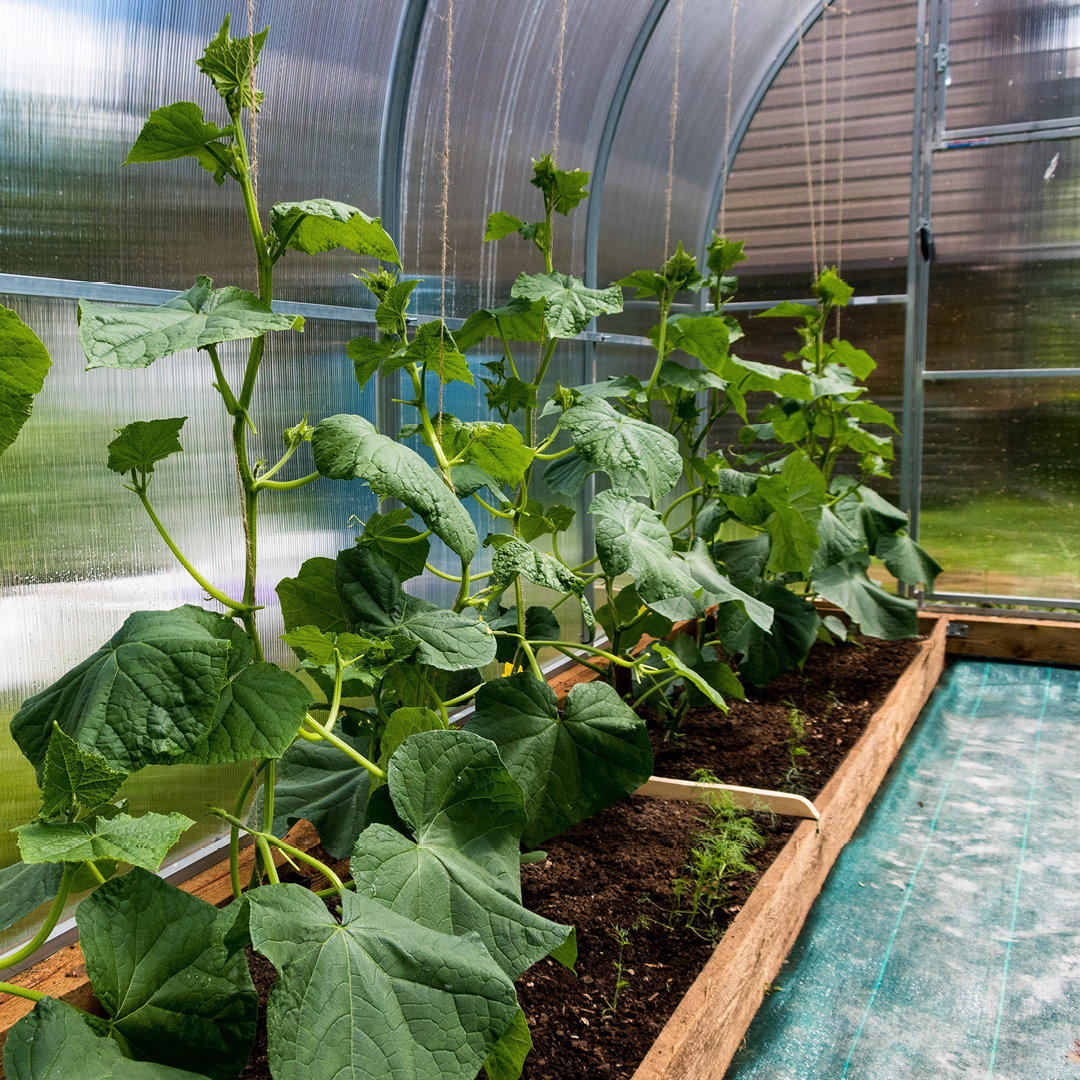While winter may mean snow, ice, and sub-zero temperatures for weeks or months in much of the country, in Tucson’s 9a/9b plant hardiness zone, it means something quite different. What doesn’t change, however, is the care needed to select the best winter vegetables and know when to plant them to enjoy a fresh harvest of carrots, broccoli, radishes, kale, Brussels sprouts, spinach, parsnips, butternut squash, and other delicious veggies all winter long.
Winter in Tucson
Winter is a shorter season in Tucson, with the initial frost typically occurring in the first week or 10 days of December, and the last frost happening at the end of February. In between, there can be both cool and warm days, and plenty of growing opportunities that can make for a very productive vegetable garden.
Winter vegetables are cold-tolerant, hardy varieties that do well even in cooler temperatures and with shorter days when sunlight isn’t as abundant. They do still require proper care, however, including using straw or mulch to keep the soil at a relatively steady temperature and avoid cold snaps and freezes, which can be damaging.
Cold protection for cold-tolerant or cold-hardy vegetables can still be necessary, but fortunately there are easy options for your winter garden. Consider:
- Frost Cloth – Supported by wire hoops to minimize contact with foliage, this is a fast and cost-effective way to protect groups of plants while still admitting light for healthy growth.
- Cloches – Upright covers for individual plants, these frost protection options are suitable if you have just a few plants that will need cold protection.
- Cold Frames – Low but sturdy covers with lids that open, a cold frame is a great choice to protect a raised garden bed, while the transparent or translucent cover admits light.
- Tunnels – If your garden has orderly rows of relatively uniform plants, tunnel row covers can be a great option to quickly cover long stretches.
- Green Houses – A seasonal green house can provide a great space for your starts even when winter temperatures may begin to fluctuate.
When creating new in-ground beds be sure to heavily amend the soil with compost before planting. Compost can also be used to refresh existing soil in containers, raised beds, or in ground vegetable gardens. Apply a slow-release organic fertilizer to the garden for better soil nutrition in the winter months. With the region’s low humidity and cooler winter temperatures, organic material already present in the soil will not decay as quickly and will not be able to nourish plants as easily, making some assistance welcome for the largest, most vibrant vegetables.
When to Plant Winter Veggies for Tucson’s Short Winter
Despite the shorter cold season in Tucson, seeds still need adequate time to germinate just as seedlings need adequate time to mature before fresh veggies can be harvested. Depending on the variety, winter vegetables may have maturity ranges from 30-120 days between planting and an initial harvest. There are some winter vegetables that you will only be able to grow from seeds, sets or slips as they are not suitable for nurseries to grow in small nursery pots. Some of those vegetables include root vegetables, bulb onions, garlic and potatoes. If you prefer to start your winter vegetables from seed, bear in mind the extra growing time from germination to maturity. If you prefer to work with seedlings, plugs, or starts, which can give you a head start for the shorter winter season, you will be able to harvest more quickly depending on the varieties you select.
With the mild winter climate in Tucson, however, plantings can easily be staggered to create an ongoing harvest of fresh produce throughout all the winter months – whether you opt for seeds or seedlings.
In September, plant the first leafy greens – spinach, kale, collard greens, lettuce, chard, mustard greens, etc. – as well as carrots, radishes, beets, and broccoli. All these vegetables will grow well as fall temperatures begin to cool and can withstand an early winter frost. You can also start planting onion and garlic sets as well as potatoes.
In October, continue with the same types of leafy greens and hardy vegetables, with extra plantings that will be mature later in winter. You can also continue planting onion and garlic sets as well as potatoes.
In November, add hardy herbs such as cilantro, parsley, and fennel to the garden for richer flavoring. As the days continue to grow cooler and sunlight lessens, however, opt for protected planting locations to safeguard new seedlings and fresh growth against persistent winds, and choose the brightest locations to maximize daily sunlight.
In December it is often best to take a brief break from planting (a welcome respite with the craziness of the holiday season), but there will already be fresh produce to enjoy as the first winter vegetables ripen.
In January, planting can begin again with all the previous winter veggie options, adding in bare-root vegetables such as asparagus and potatoes for more variety. January is also the time to start tomatoes and peppers indoors so the seedlings will be ready for transplanting in the spring.
In February, a light planting of faster-maturing cool-season veggies can be made. Peas, bush beans, cucumbers, and sweet corn can also begin to be planted later in the month in anticipation of spring warming. If danger of frost appears to be gone at the end of the month you can plant tomatoes, especially beefsteaks, and peppers outside but be prepared to protect them if a cold snap arrives.
Despite the idea that it is “winter” in Tucson, gardening doesn’t need to stop and you can enjoy a full harvest of winter veggies year-round, with staggered plantings and amazing varieties to add fresh produce to every meal.


